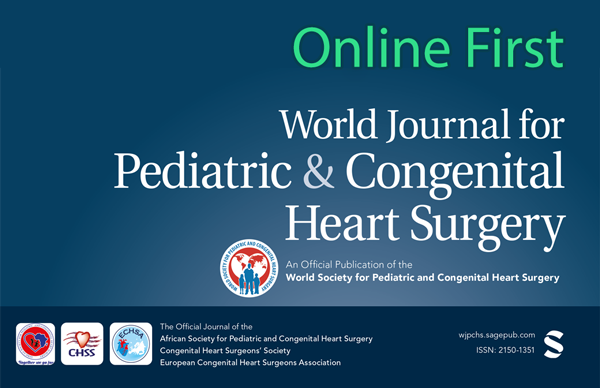Practitioners are tasked with optimizing care in the presence of the current and rapidly changing circumstances. Although statements have been published relative to adults undergoing operations, guidance with respect to CHD patients is currently lacking and is the goal of this document. As we have seen in other countries facing this pandemic, the thoughtful allocation of resources is paramount to the overall welfare of the community and has led to such strategies in the United States. The safety of our patients, health care providers, and our communitiesis our chief concern.
This document is not meant to be a guideline but is designed to provide guidance for decision-making as we face unparalleled challenges related to congenital cardiac surgery care during this pandemic. The circumstances are rapidly changing, even hourly; therefore, the principles outlined here are meant to be fluid and adaptable. They should be continually reappraised in the context of the dynamic circumstances within a given institution, population base, and geographic location. These principles can also provide a framework for prioritization of operations in other situations when there is lack of resources or personnel, or both. This document is not meant to be prescriptive, but rather serves as an outline of guiding principles to be interpreted in a particular context. Lastly, while individual anomalies may be specified, each patient should beindividual anomalies may be specified, each patient should be considered individually in the context of their clinical status, disease state, institution, and community.
Perhaps more than ever, these times require us as a specialty, albeit small but with a valuable scope of skill sets, to collaborate and cooperate. This includes the sharing of knowledge and resources, patient transfer in selected situations, and communicating frequently among ourselves to provide emotional support and mental fortitude during these periods ofstress and isolation.
Congenital heart surgeons have a track record of effectively working together to advance the specialty, promote quality training and education of our surgical community, and through bold innovation solve some of the most difficult clinical challenges. We are now confronted with a different kind of challenge—a public health care crisis. We can rise to meet this challenge by using our collaborative and intellectual abilitiesto problem solve, plan, and prevail for the benefit of childrenand adults suffering from CHD. We must work together with strong leadership from our institutions and central, shared decision-making teams to handle the influx of issues and concernsrelated to the pandemic.
Download full article: COVID-19: Crisis Management in Congenital Heart Surgery



